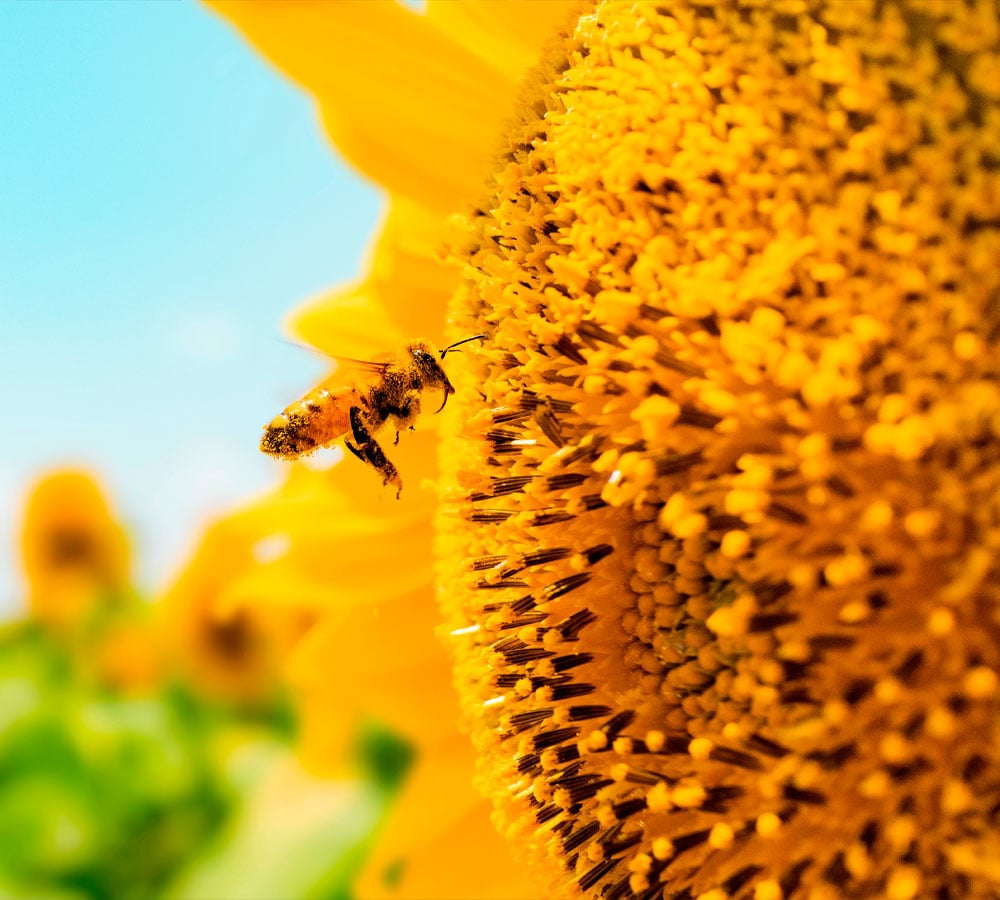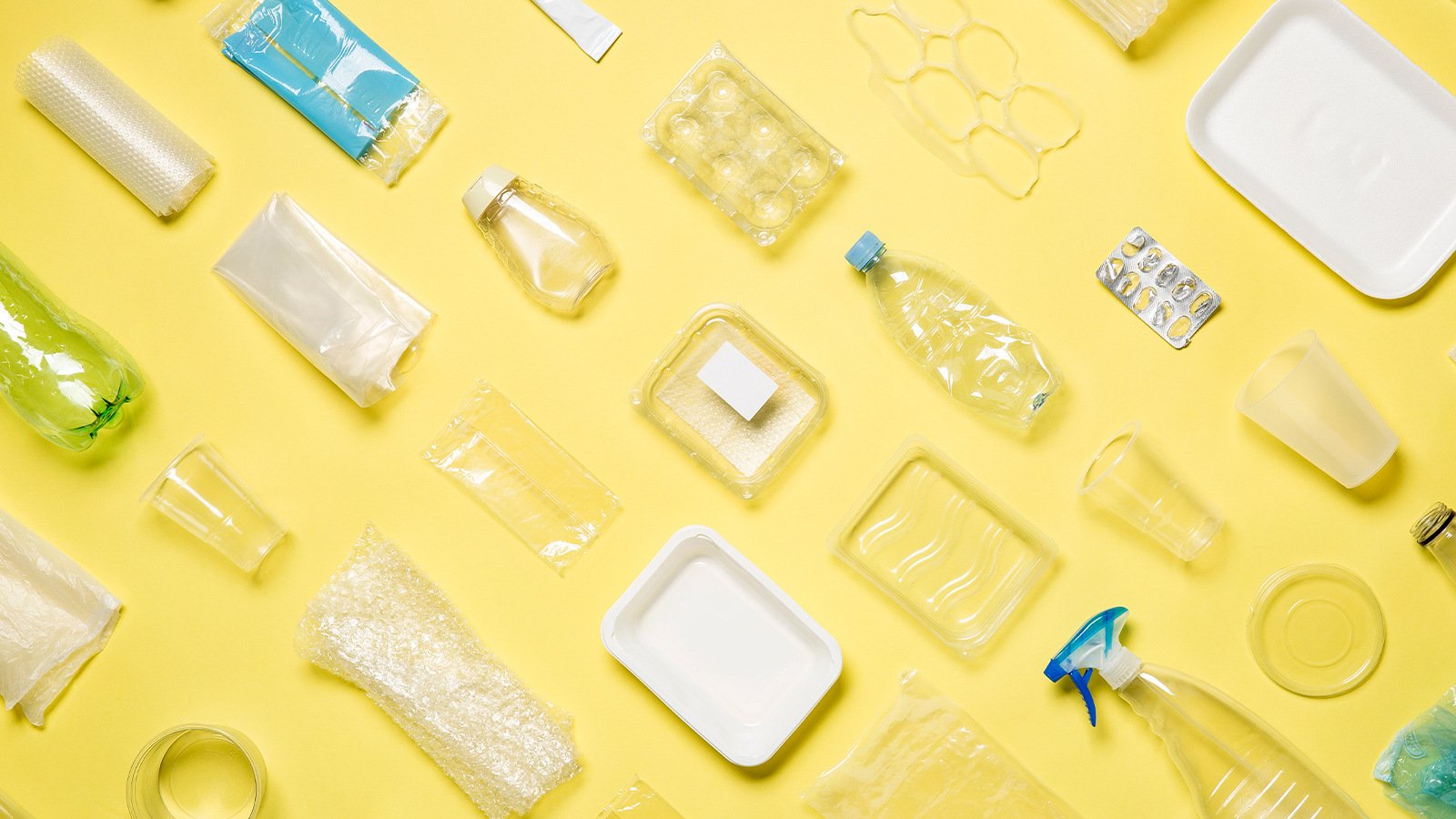To reduce plastic pollution and encourage recycling, the Plastic Tax was introduced in 2021. Although this regulation has been in place for a few years, many questions remain about how the tax is passed on to businesses.
Wondering how this works in the Netherlands and Belgium? You can read about it in this blog.
What is Plastic Tax?
With the Plastic Tax, each EU country pays an amount to the European budget based on the amount of non-recycled plastic packaging waste, produced within its borders. This fee is €0.80 per kilogram of non-recycled plastic.
Although the tax is paid by member states, national governments can choose to pass the cost on to plastic packaging producers and importers. These are companies that market packaging, such as manufacturers, distributors and retailers.
EU member states are free to make their own interpretation of how the Plastic Tax is passed on. In some countries, such as Spain and Italy, the tax is passed on directly to companies. In the Netherlands and Belgium, it works differently.
- The Netherlands: The government contributes the EU tax from general funds and does not directly pass it on to companies. Instead, companies are encouraged to operate more sustainably through the Extended Producer Responsibility(UPV). This means that companies putting packaging on the market must contribute to the cost of collection and recycling, depending on the materials used.
- Belgium: Also in Belgium, the tax is not passed on directly. Instead, companies pay a contribution to organizations such as Fost Plus (for household packaging) and Valipac (for industrial packaging). These organizations take care of the collection, sorting and recycling of packaging waste. As a result, companies indirectly contribute to reducing plastic waste without imposing a specific tax.
Why Plastic Tax?
Plastic production has grown exponentially in recent decades. More than 8.3 billion tons of plastic have been produced worldwide since 1950. Without action, this amount is expected to double by 2040.
This increase brings new challenges. In the Netherlands, an estimated 50 million kilograms of plastic litter ends up in nature every year. Think of disposable packaging, drinking bottles and plastic bags left on the streets, in parks and along roads. Plastic litter is also a problem in Belgium. On Flemish beaches, an average of 137 waste items are found per 100 meters of tide line, with 80% to 90% of this litter being plastic.
It can take hundreds of years for plastic to break down completely. During this process, it disintegrates into smaller particles called microplastics. These microplastics are created by exposure to sunlight, heat and mechanical influences, such as wave action and wind. They end up in water, soil and even in the air, penetrating food chains.
How does the Plastic Tax contribute to more sustainable plastic use?
The Plastic Tax helps reduce plastic pollution and encourages recycling of materials. It does this in three ways:
- Reducing the amount of new plastic: By providing a financial incentive, companies are encouraged to use less fossil plastic and explore alternatives, such as biobased or recycled materials.
- Encouraging recycling and reuse: By creating greater demand for recycled plastic, it becomes more economically attractive to develop more efficient recycling processes. The higher the demand, the more companies invest in recycling technologies.
This leads to improved collection, sorting and processing of plastic waste. The better the recycling infrastructure, the higher the quality of the recycled material, leading more companies to rely on recyclate as a raw material. This not only lowers dependence on virgin plastic, but also reduces the ecological impact of plastic production and incineration. - Accelerating the circular economy: By reducing the dependence on new raw materials and optimally reusing materials, the value of raw materials is retained longer and they do not unnecessarily end up as waste. This leads to a more efficient value chain, in which there is less in which there is less waste and more value is extracted from existing materials.
Relevant legislations
The Plastic Tax is part of a broader European strategy to tackle plastic pollution and accelerate the transition to a circular economy. This strategy, known as the European Plastics Strategy, was adopted by the European Commission in January 2018 as part of the Circular Economy Action Plan. Key targets include:
- By 2030, all plastic packaging on the EU market should be reusable or cost-effectively recyclable. By this is meant that it should be economically feasible and cost-effective to recycle plastic packaging.
- Reduction of disposable plastic
- Reduction of microplastics in the environment.
Over the years, a number of guidelines, in support of the European strategy have been attached. We go through the following with you:
2019: European SUP Directive
In 2019, as part of the European strategy, the European Single-Use Plastics (SUP) Directive was adopted. This directive bans certain disposable products such as straws, cutlery and cotton buds made of plastic. It also requires producers to place clear markings on products such as coffee cups and food packaging, with guidelines on how consumers can properly dispose of them. Belgium added to this directive in 2024 in an additional measure such as the Royal Decree SUP II. Read more here.
2021: The Plastic Tax
2027: The Blending Obligation (Netherlands)
The admixture obligation requires producers and importers of plastic products to obtain a certain percentage of their raw materials from non-fossil sources. This means that a set proportion of the plastic used must consist of recycled or bio-based material. In the Netherlands, this obligation will be introduced starting in 2027, with a starting percentage of 15%. This means that starting that year, at least 15% of the plastic used must come from sustainable sources. The goal is to increase this percentage to 30% by 2030.
In Belgium, the blending requirement is not in place. However, Belgium has ambitious recycling and sustainable production goals, especially within the three regions (Flanders, Wallonia, and Brussels), each of which has its own environmental policy. Belgium is committed to stricter recycling standards and innovative technologies to produce high-quality recycled materials, which limits competition in this area.
Staying informed
Stay up to date on all new developments? Follow us onLinkedIn and Instagram or subscribe to thenewsletter. Are you curious about what Milgro can do for your business and waste process? Then get in touch.













